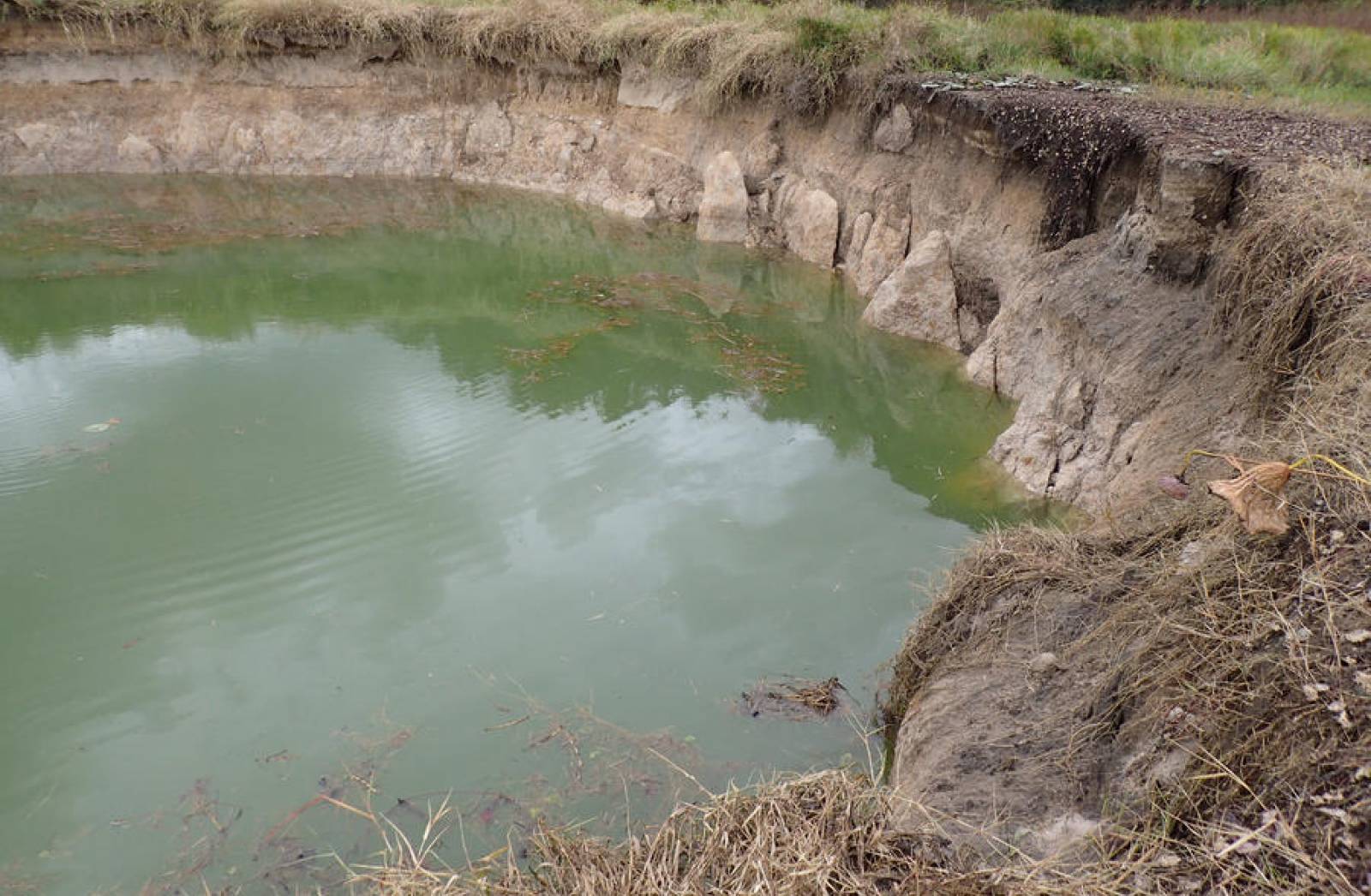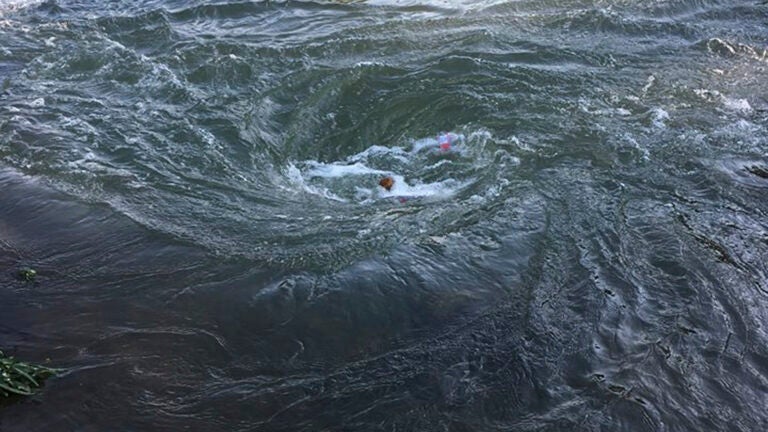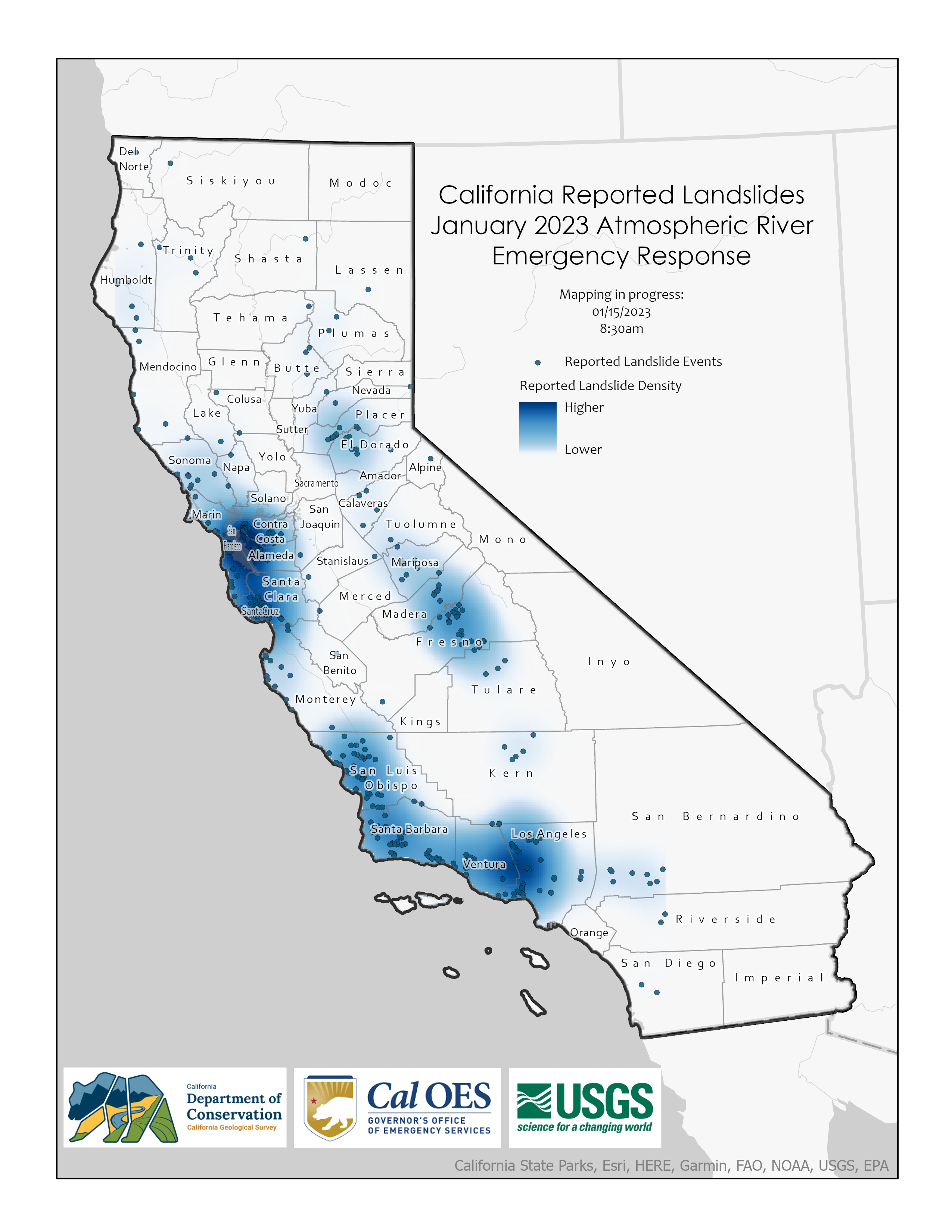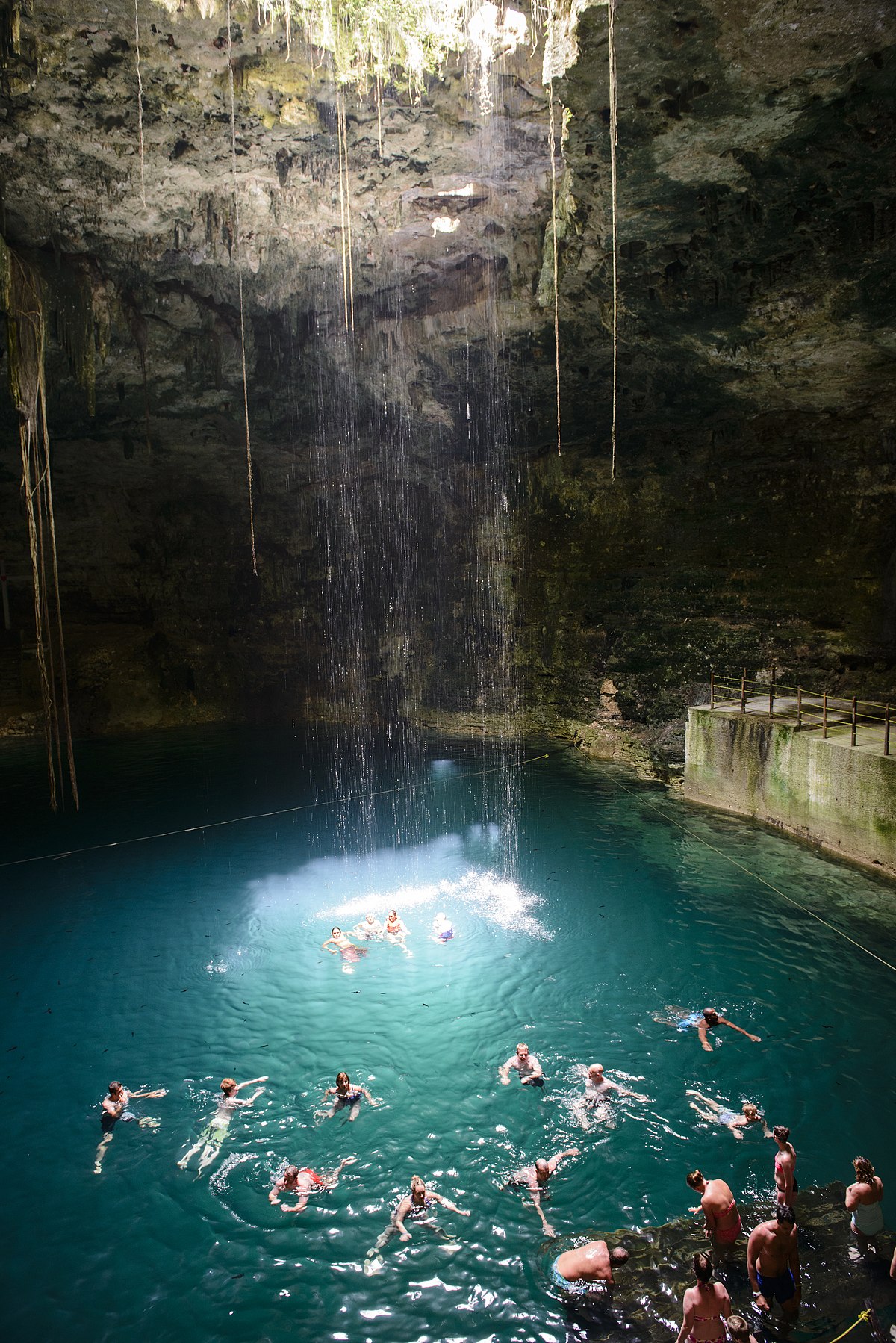Topic sinkholes in the water: Discover the enigmatic world of water sinkholes, where each formation tells a unique story of natural beauty and geological wonder beneath our planet"s surface.
Table of Content
- Are sinkholes in the water caused by a decline in water levels or disturbances in the soil?
- Formation of Sinkholes
- Impact on Water Bodies
- Preventive Measures and Management
- YOUTUBE: Sinkhole in Louisiana Swallows Trees Caught on Tape 2013
- Introduction to Sinkholes in Water Bodies
- How Sinkholes Form in Aquatic Environments
- Types of Sinkholes and Their Characteristics
- The Impact of Sinkholes on Aquatic Ecosystems
- Case Studies: Notable Sinkholes in Water Around the World
- Preventive Measures and Safety Tips
- Understanding the Environmental Significance of Water Sinkholes
- Future Research Directions and Technological Innovations
- Conclusion: The Role of Sinkholes in Water Conservation and Management
Are sinkholes in the water caused by a decline in water levels or disturbances in the soil?
Sinkholes in the water can be caused by both a decline in water levels and disturbances in the soil. Here is a breakdown of how each factor contributes to the formation of sinkholes:
- Decline of Water Levels: A decrease in water levels, such as during a drought or due to excessive groundwater pumping from wells, quarries, or mines, can lead to the formation of sinkholes. When water levels drop, the underlying rock or sediment may become destabilized, resulting in the collapse of the surface into a void, creating a sinkhole.
- Disturbance of the Soil: Activities that disturb the soil, such as construction, mining, or excavation, can also trigger sinkhole formation. When the natural balance of the soil layers is disrupted, it can weaken the integrity of the ground above, causing it to collapse and form a sinkhole.
Therefore, both a decline in water levels and disturbances in the soil are potential causes of sinkholes in the water.
READ MORE:
Formation of Sinkholes
Sinkholes form through the dissolution of soluble rocks such as limestone, gypsum, and salt. Water plays a crucial role in this process, as it gradually dissolves these rocks, leading to the formation of underground cavities. When the roof of these cavities can no longer support the weight above, it collapses, creating a sinkhole.
Types of Sinkholes
- Cover-collapse Sinkhole: This is the most dramatic and dangerous type, occurring when the ground suddenly collapses, revealing a large hole.
- Solution Sinkhole: Forms gradually as rock dissolves, creating a depression at the surface.
- Cover-subsidence Sinkhole: Develops when sand and sediment fill an existing cavity, gradually creating a depression at the surface.

Impact on Water Bodies
Sinkholes in water bodies can lead to the formation of new water features, such as ponds and lakes, and can significantly affect water flow and aquifer systems. They can capture surface drainage, redirect water flows, and even contribute to the creation of new habitats for aquatic life.
Environmental Significance
Sinkholes play an essential role in the hydrological cycle, facilitating the recharge of aquifers and impacting water quality. They can also serve as critical habitats for a variety of aquatic species.
Preventive Measures and Management
To mitigate the impact of sinkholes on water bodies, it is important to monitor land use changes, manage groundwater extraction, and employ geotechnical assessments in sinkhole-prone areas. Understanding the underlying geological conditions is crucial for effective management and prevention strategies.
| Type of Sinkhole | Formation Process | Impact on Water Bodies |
| Cover-collapse | Sudden collapse of the ground surface | Can dramatically alter water bodies and create new aquatic environments |
| Solution | Gradual dissolution of rock | Affects water flow and quality, contributes to aquifer recharge |
| Cover-subsidence | Slow infilling of cavities with sediment | May form new ponds or lakes, altering habitats |
Sinkholes in water bodies are a natural part of our planet"s geological activity, offering both challenges and opportunities for environmental management and conservation efforts. By understanding their formation, impact, and management, we can better appreciate the dynamic nature of our aquatic environments.

Sinkhole in Louisiana Swallows Trees Caught on Tape 2013
Disaster: Experience the resilience of the human spirit in the face of adversity. This gripping video showcases the power of community coming together to overcome challenges and rebuild after disaster strikes. Nature: Immerse yourself in the breathtaking beauty of our planet with this awe-inspiring video. From stunning landscapes to fascinating wildlife, witness the wonders of nature and feel a sense of peace and tranquility.
Water Sink Hole
Have You Ever Seen Something Like This?
Introduction to Sinkholes in Water Bodies
Sinkholes in water bodies represent a captivating natural phenomenon, occurring when the ground collapses and forms a hole, revealing a hidden underwater world. These geological formations are not just visually stunning; they play a crucial role in the ecosystem and water cycle, providing unique habitats and influencing water quality and flow.
Sinkholes form through the dissolution of soluble rocks like limestone, gypsum, and salt beneath the earth"s surface. Water, especially rainwater that is slightly acidic, percolates through the soil, dissolving these rocks over time and creating underground voids. Eventually, the land above these voids collapses, forming a sinkhole.
- Types of Sinkholes: There are primarily three types of sinkholes - solution, cover-collapse, and cover-subsidence. Each type forms under different conditions and has varying impacts on the environment.
- Environmental Impact: Sinkholes can significantly affect water ecosystems by altering water flow, creating new water bodies, and serving as a conduit for pollution. However, they also contribute to the natural filtration of water and can create unique ecosystems.
- Global Occurrences: While sinkholes can occur worldwide, they are most common in areas with a significant amount of soluble rocks, such as the karst landscapes found in Florida, the Caribbean, China, and the Middle East.
This introduction aims to shed light on the mystery and beauty of sinkholes in water bodies, highlighting their importance to our planet"s geological and ecological diversity.
How Sinkholes Form in Aquatic Environments
Sinkholes in aquatic environments form through a fascinating geological process that involves the dissolution of soluble rock beneath the earth"s surface, primarily due to the action of water. This process can occur over thousands of years, gradually creating underground voids and cavities.
- Water"s Role: Water, especially when slightly acidic, seeps into the soil, dissolving rocks like limestone, gypsum, and salt. This dissolution creates underground spaces and caverns.
- Development of Underground Cavities: As water continues to flow and dissolve rock material, these cavities can expand to significant sizes. The stability of the ground above these voids is gradually compromised.
- Collapse: When the land surface can no longer support its weight, it collapses into the cavity below, forming a sinkhole. This process can be sudden, leading to dramatic ground collapses, or gradual, forming depressions over time.
This natural phenomenon is particularly common in areas known as karst landscapes, characterized by their soluble rock formations. While sinkholes can form due to natural processes, human activities such as groundwater extraction and construction can also contribute to their development.
- Types of Sinkholes: There are several types of sinkholes, including cover-collapse, solution, and cover-subsidence sinkholes, each formed under different conditions and presenting unique characteristics.
- Environmental Impacts: In aquatic environments, sinkholes can lead to the creation of new water bodies, alter water flow patterns, and affect local ecosystems. They can also serve as natural drainage systems, funneling surface water into the underground aquifers.
The formation of sinkholes in aquatic environments showcases the dynamic and ever-changing nature of the earth"s surface, highlighting the intricate relationship between water and geology.
:max_bytes(150000):strip_icc()/__opt__aboutcom__coeus__resources__content_migration__mnn__images__2019__03__CenoteIkKilStairwellSwimmingHole-d99e791c5c2242f680c5b143c04fd056.jpg)
Types of Sinkholes and Their Characteristics
Sinkholes are intriguing geological formations that vary widely in size, shape, and the process by which they form. Understanding the different types of sinkholes and their characteristics is essential for comprehending their impact on the environment and human structures.
- Solution Sinkholes: These form in areas where limestone or other soluble rock is directly exposed to the surface, allowing water to gradually dissolve the rock and create a depression.
- Cover-Subsidence Sinkholes: Occur in areas where sand or other sediments cover the bedrock. As the rock dissolves, these materials gradually sink into the resulting void, forming a sinkhole that develops slowly over time.
- Cover-Collapse Sinkholes: The most dramatic and potentially dangerous type, these form when the covering sediments collapse into a void in the underlying limestone, often suddenly, creating a large depression or hole.
Each type of sinkhole has unique implications for the landscape and human activity. Solution sinkholes can lead to the formation of scenic landscapes and natural reservoirs, while cover-subsidence sinkholes may develop so gradually that they pose little immediate threat. However, cover-collapse sinkholes can cause significant damage to buildings, roads, and other structures due to their sudden appearance.
Understanding these types is crucial for planning in sinkhole-prone areas, both to mitigate potential damage and to harness the unique natural resources sinkholes can provide.
The Impact of Sinkholes on Aquatic Ecosystems
Sinkholes have a profound impact on aquatic ecosystems, influencing both the physical landscape and biological communities. Their formation can dramatically alter water flow, create new aquatic habitats, and affect water quality.
- Creation of New Habitats: Sinkholes can create new ponds or lakes, providing habitats for a variety of aquatic organisms. These new water bodies offer niches for species that thrive in isolated environments.
- Alteration of Water Flow: When sinkholes intercept surface streams or rivers, they can redirect water flows, potentially drying up existing water bodies and forming new ones. This redirection can impact the distribution and abundance of aquatic life.
- Water Quality Changes: Sinkholes can influence water quality by connecting surface water to groundwater. This can lead to the introduction of pollutants into clean water sources or, conversely, the natural filtration of water as it passes through earth materials.
- Impact on Human Use: Sinkholes affecting aquatic ecosystems can also impact water resources for human use, influencing water availability and quality for communities, agriculture, and recreation.
While the immediate effects of sinkholes can be disruptive, over time, they contribute to the dynamic and ever-evolving nature of aquatic ecosystems. By creating new water bodies and habitats, sinkholes play a crucial role in the biodiversity and resilience of aquatic environments.

Case Studies: Notable Sinkholes in Water Around the World
Sinkholes are a global phenomenon, creating awe-inspiring and sometimes devastating impacts on water bodies and landscapes around the world. Here are a few notable examples that highlight the diversity and significance of sinkholes in various aquatic environments.
- The Great Blue Hole, Belize: One of the world"s largest and most famous underwater sinkholes, the Great Blue Hole is a stunning circular pit that attracts divers from around the globe. Its deep blue waters and rich marine life make it a unique natural wonder.
- Dragon Hole, South China Sea: Also known as the "eye" of the South China Sea, the Dragon Hole is the deepest known underwater sinkhole, boasting depths exceeding 300 meters (984 feet). It hosts a variety of sea creatures in its lower, oxygen-deprived layers.
- Dean"s Blue Hole, Bahamas: Located near Long Island, Dean"s Blue Hole plunges 202 meters (663 feet) into the ocean floor, making it one of the deepest known blue holes. It"s a popular spot for freediving due to its clear waters and accessibility from the shore.
- Ik Kil Cenote, Mexico: A beautiful example of a sinkhole filled with fresh water, the Ik Kil Cenote near Chichén Itzá offers a glimpse into the Mayan civilization"s use of sinkholes as sacred wells. Surrounded by lush vegetation, it is a popular swimming destination.
These case studies illustrate the mesmerizing beauty and ecological significance of sinkholes in water bodies across the planet. Each sinkhole tells a unique story of geological processes and human interaction with natural wonders.
Preventive Measures and Safety Tips
Understanding and mitigating the risks associated with sinkholes, particularly in water bodies, are crucial for protecting both the environment and human communities. Here are some preventive measures and safety tips to consider.
- Regular Monitoring: Regularly monitor land and water bodies for signs of sinkholes, such as sudden changes in water levels, new depressions in the ground, or the appearance of circular ponds.
- Water Management: Properly manage water use and drainage to avoid altering the natural water table significantly, which can increase the risk of sinkholes.
- Land Use Planning: Implement land use plans that consider the risk of sinkholes, avoiding the construction of structures on vulnerable land and near known sinkholes.
- Geological Surveys: Conduct geological surveys before building or developing land to identify potential sinkhole activity and mitigate risks in advance.
- Public Awareness: Raise public awareness about the causes and dangers of sinkholes, promoting community involvement in monitoring and reporting potential sinkholes.
By taking these measures, communities can reduce the risk of sinkhole formation and minimize their impact on aquatic ecosystems and human activities. It"s essential to work with local authorities, geologists, and water management experts to implement effective sinkhole prevention and mitigation strategies.
)
Understanding the Environmental Significance of Water Sinkholes
Water sinkholes play a pivotal role in the environment, impacting ecosystems, water quality, and geological landscapes. Their presence in aquatic environments underlines the intricate balance between the earth"s surface and its underlying geological structures.
- Biodiversity Hotspots: Sinkholes often become isolated ecosystems, creating unique habitats for a diverse range of species. These microenvironments can support rare and endemic species, contributing to biodiversity.
- Water Filtration: As water passes through sinkholes into the aquifer below, it undergoes natural filtration. This process can improve water quality by removing impurities and providing clean groundwater resources.
- Geological Indicators: The formation of sinkholes can reveal important information about the underlying geology and water systems. They help scientists understand karst landscapes and the movement of groundwater.
- Carbon Storage: Some sinkholes, particularly those in forested areas, can act as carbon sinks. Vegetation around and within sinkholes can absorb carbon dioxide, contributing to the mitigation of climate change.
Despite their potential hazards, water sinkholes embody significant environmental value. They highlight the need for conservation efforts in karst regions and the importance of sustainable water management to preserve these natural wonders and their ecosystems.
Future Research Directions and Technological Innovations
The study of sinkholes, particularly those occurring in water bodies, is an evolving field that combines geology, hydrology, and environmental science. Future research directions and technological innovations are aimed at better understanding, predicting, and mitigating the effects of sinkholes.
- Advanced Monitoring Techniques: Developing more sophisticated monitoring technologies, such as satellite imagery and remote sensing, to detect early signs of sinkhole formation and changes in water bodies.
- Improved Predictive Models: Enhancing predictive models through machine learning and artificial intelligence to accurately forecast sinkhole occurrences based on environmental data and historical trends.
- Environmental Impact Assessments: Conducting comprehensive environmental impact assessments to understand the ecological effects of sinkholes on aquatic ecosystems and biodiversity.
- Sustainable Water Management: Researching sustainable water management practices that minimize the risk of sinkhole formation, focusing on the conservation of groundwater and surface water resources.
- Public Awareness and Education: Increasing public awareness and education initiatives to inform communities about sinkhole risks and safety precautions, particularly in regions prone to sinkhole formation.
Through these research efforts and technological advancements, scientists and engineers aim to enhance our understanding of sinkholes in water bodies, reduce their potential impacts, and protect both human populations and natural ecosystems.

READ MORE:
Conclusion: The Role of Sinkholes in Water Conservation and Management
Sinkholes play a significant and complex role in water conservation and management, acting both as challenges to be mitigated and as natural resources to be protected. Their presence in water bodies highlights the dynamic interplay between geological processes and the hydrological cycle, underscoring the importance of sustainable environmental practices.
- Natural Water Storage: Sinkholes contribute to groundwater recharge, acting as natural reservoirs that store water during rainy periods and release it during droughts, thereby supporting water conservation.
- Ecosystem Services: By creating unique habitats, sinkholes support biodiversity and provide ecosystem services, including water filtration and carbon sequestration, which are vital for environmental health.
- Geological Research: Sinkholes offer opportunities for geological and hydrological research, improving our understanding of karst landscapes and informing water management strategies.
- Challenges in Management: The unpredictable nature of sinkhole formation requires vigilant monitoring and innovative management approaches to protect infrastructure, water quality, and aquatic ecosystems.
In conclusion, sinkholes are integral to the natural and human-modified landscapes, requiring thoughtful consideration in water management and conservation efforts. By embracing a balanced approach that respects both their risks and benefits, we can safeguard water resources and the environments they support for future generations.
Exploring the depths of water sinkholes reveals the breathtaking interplay between Earth"s geology and hydrology, inviting us to marvel at these natural wonders while recognizing their crucial role in our planet"s ecological balance.







